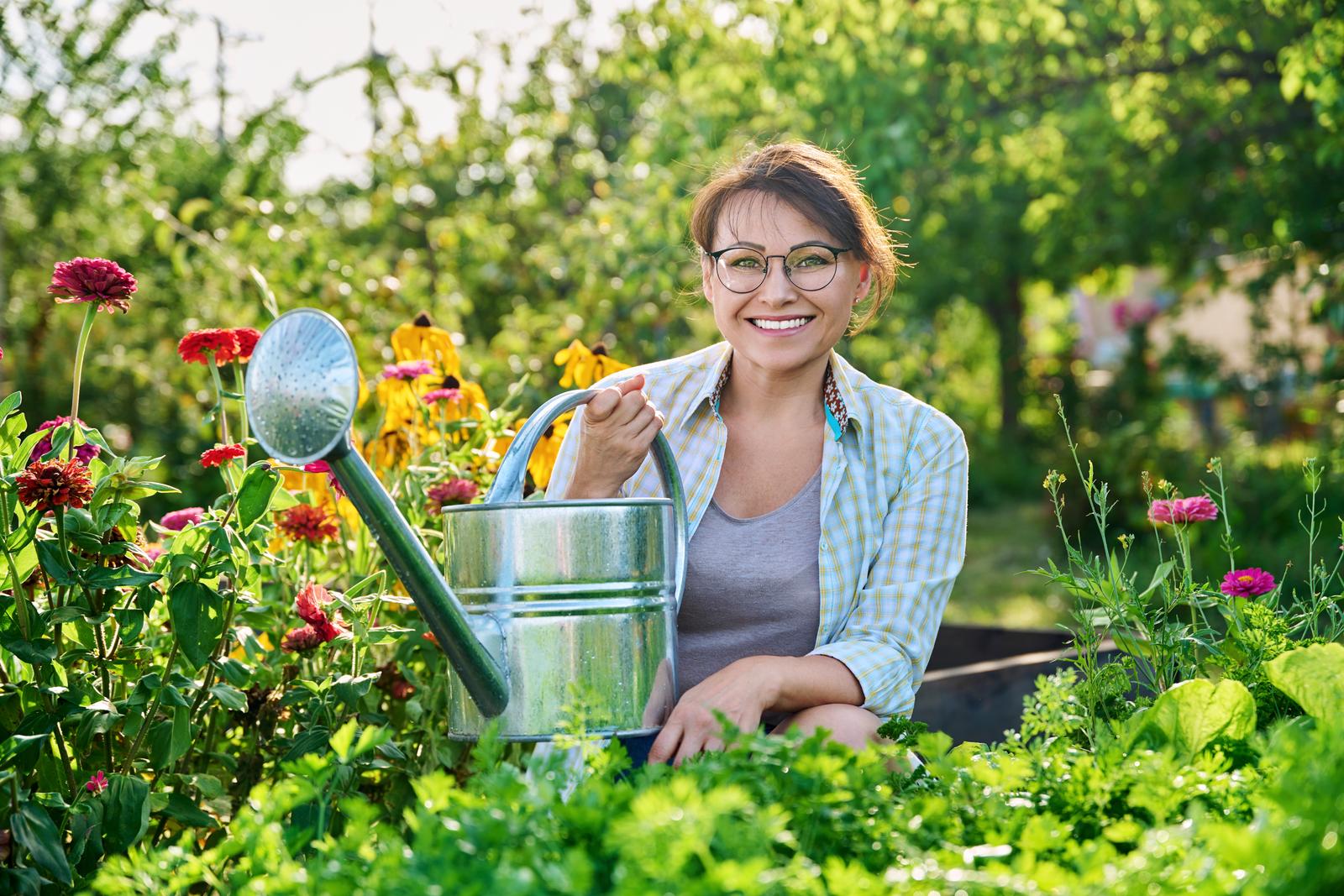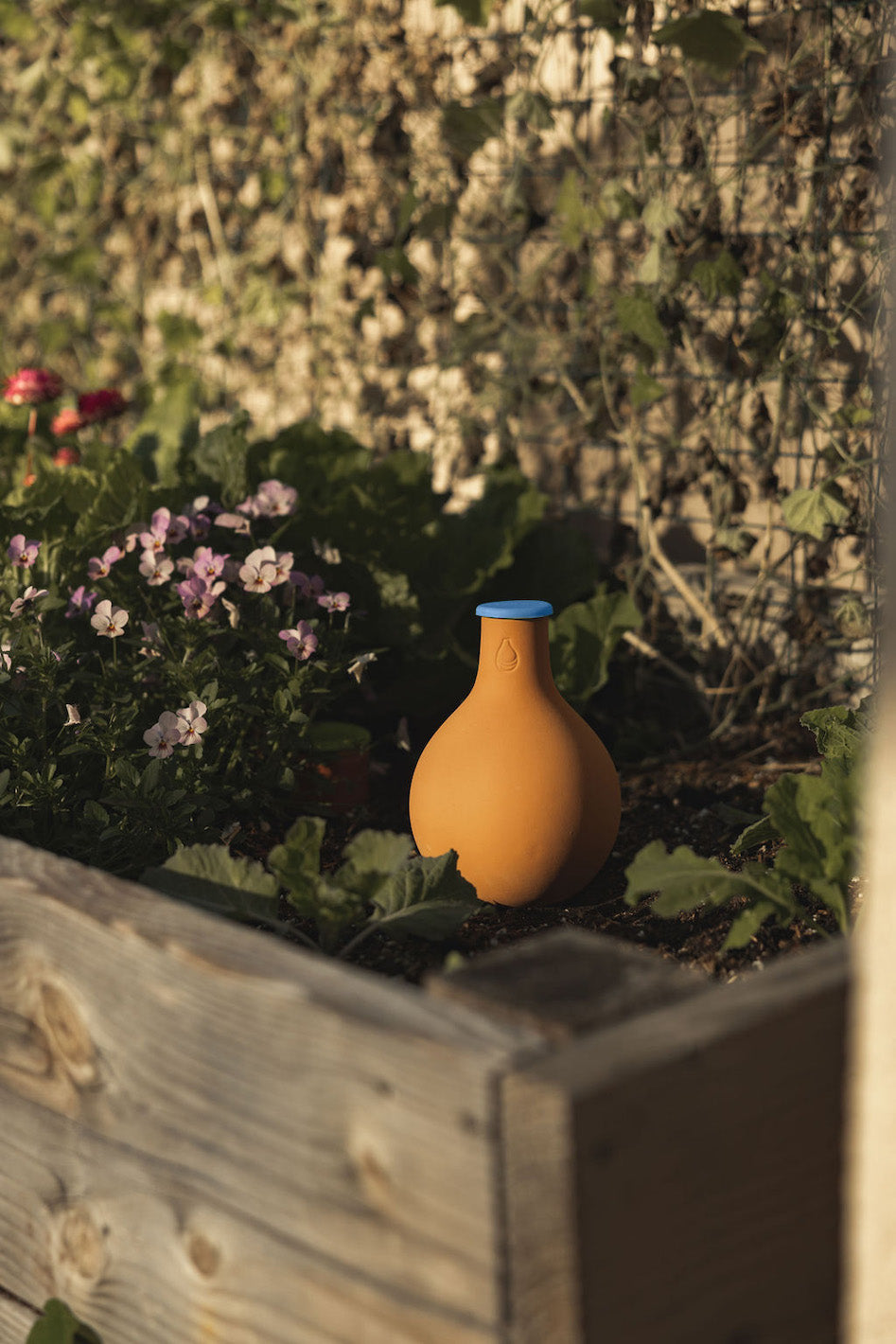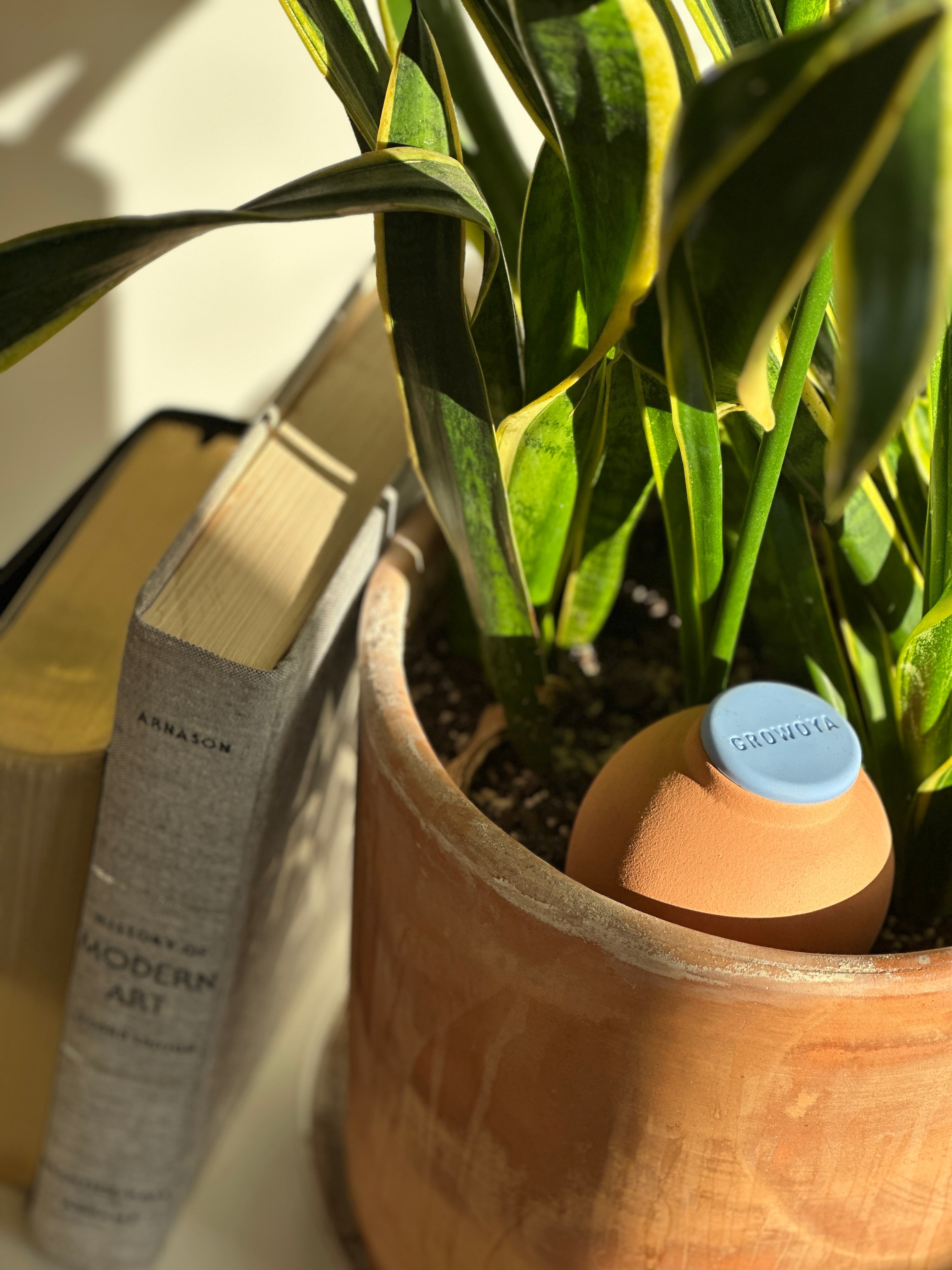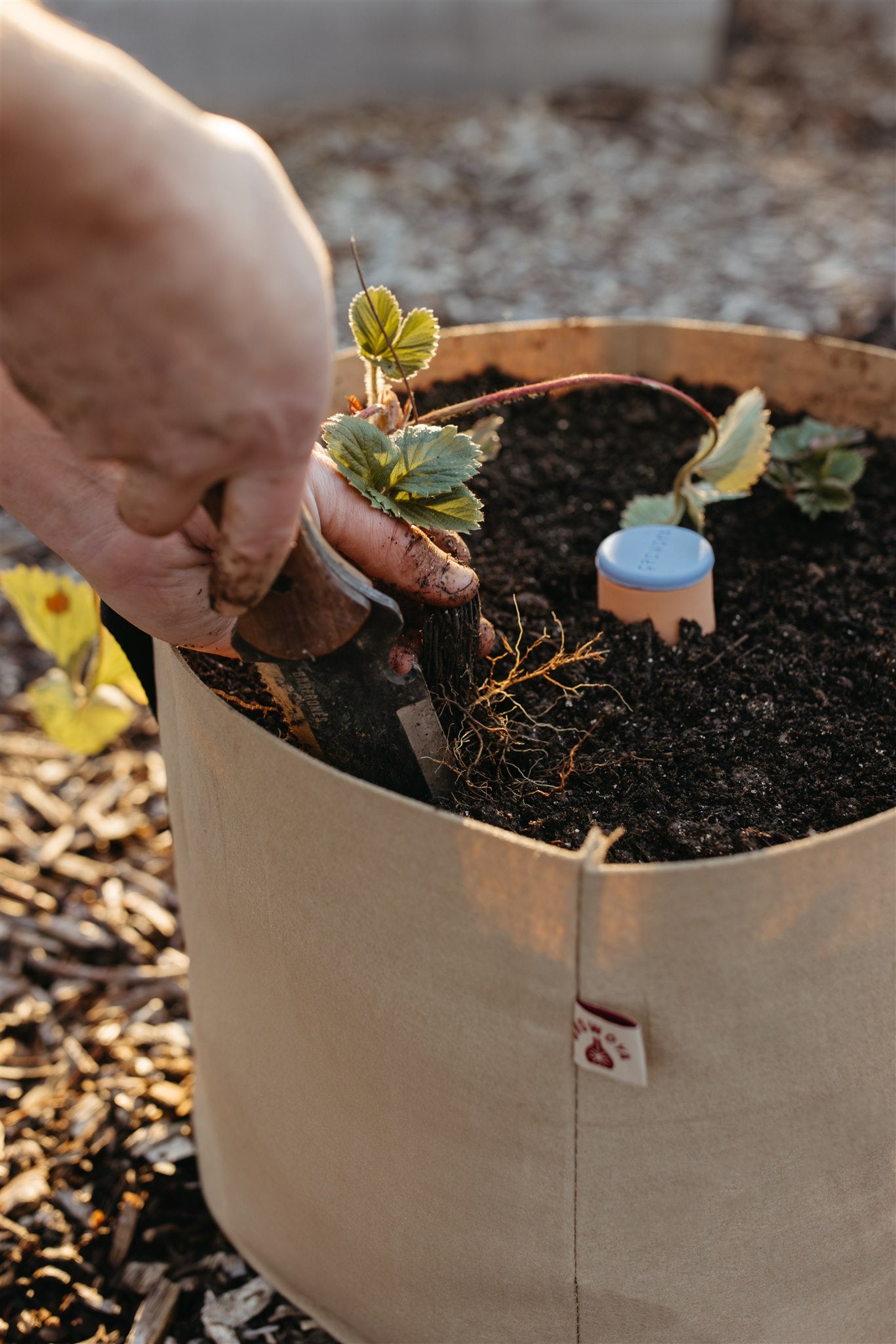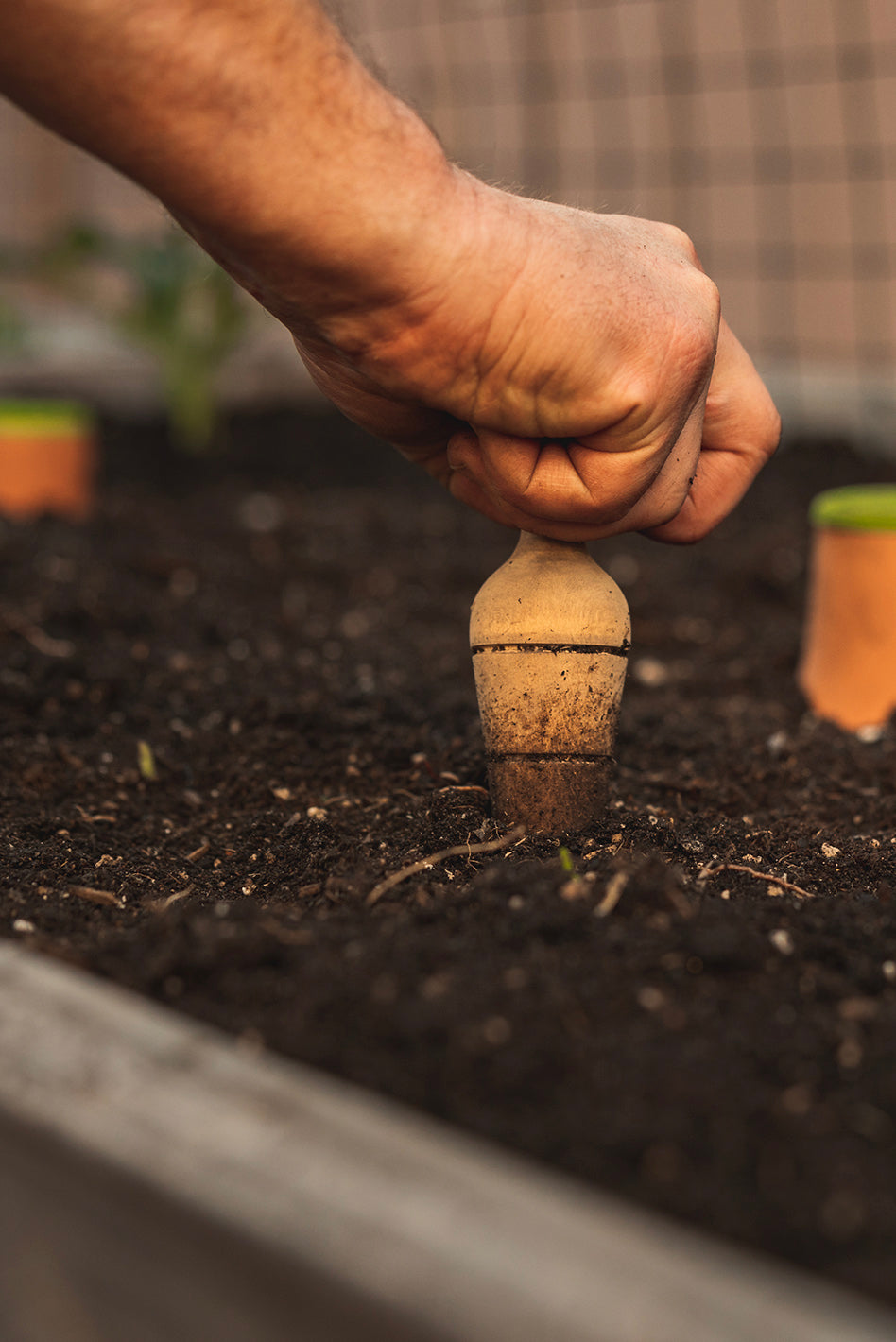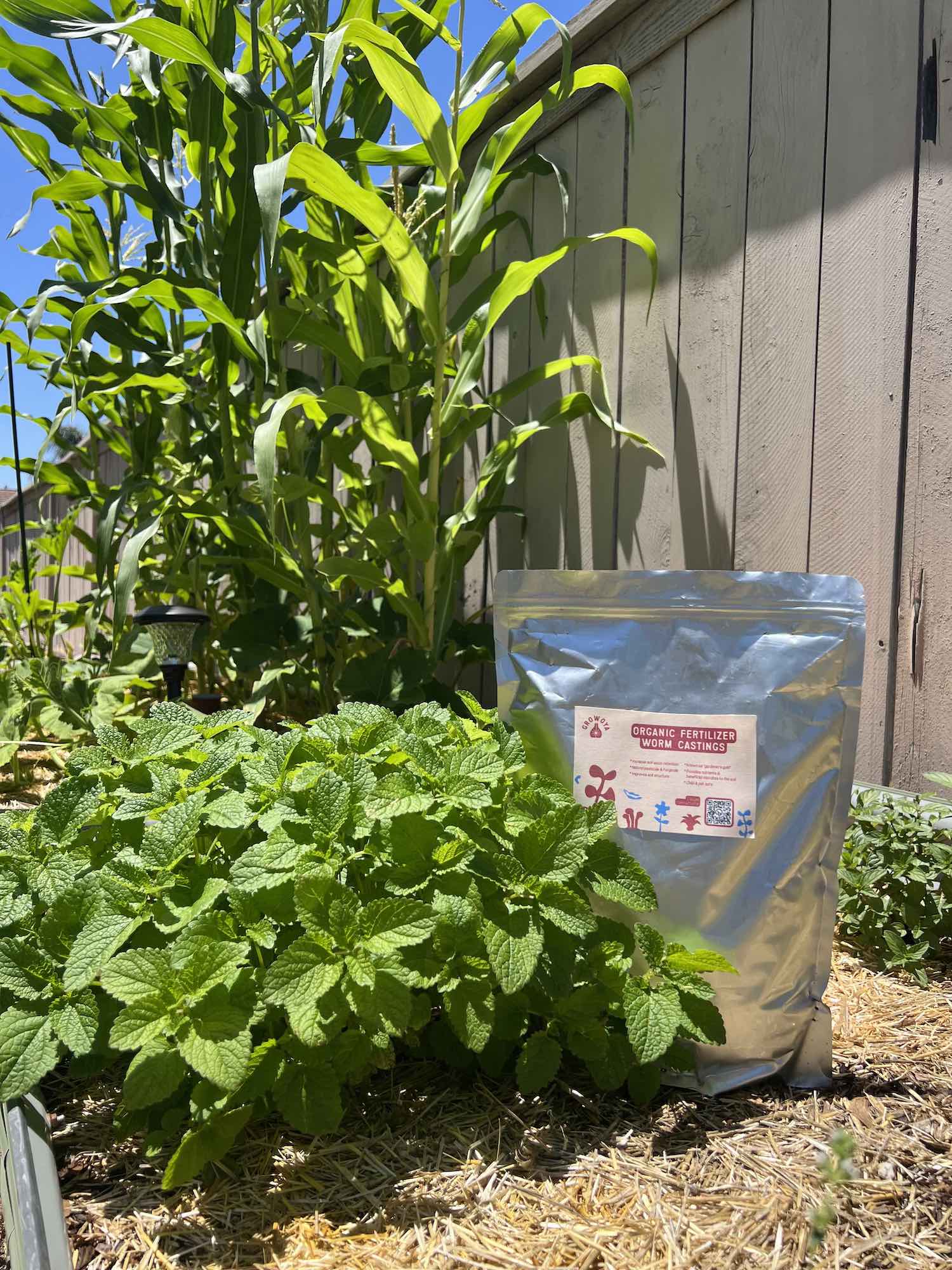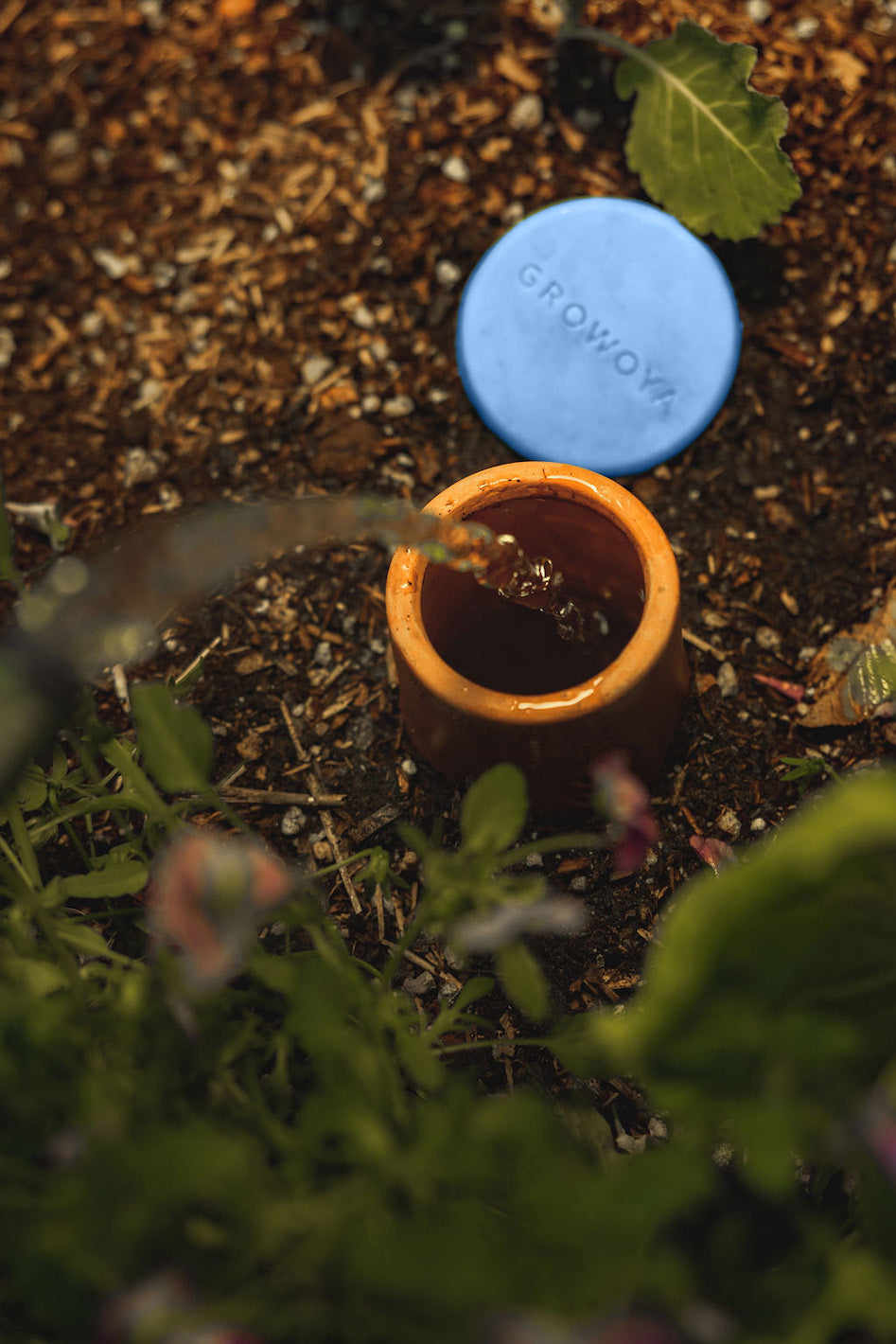Watering plants can be a bit of a mystery for some gardeners. How much moisture do they need? And when should it be applied? This post will help clear up the confusion by providing helpful tips on watering your plants. Whether you're just starting gardening or a seasoned pro, read on to learn more about watering your plants properly and how you can use our hassle-free GrowOya watering pots to keep your plants healthy.
How Much Water is Enough
This is a tricky question because it depends on many factors, such as the type of plant, the climate, the time of year, the type of soil, and other factors. However, there are some general guidelines you can follow.
For most plants, watering once or twice a week is sufficient. You'll need to water more often in hot weather or if your plants are in a sunny spot. And, of course, you'll need to water less often in cooler weather or if your plants are in a shady spot.
If you're unsure how often to feed your plants, stick your finger on the soil surface. If it feels dry several inches below the surface, it's time to water. Make sure you water the soil, not the plant. Wetting the soil allows the plant to absorb the moisture it needs. Watering the plant directly can cause leaves and flowers to get wet, which can lead to fungal diseases.
Check the quality of the soil. Good quality garden soil quickly drains, so you may need to water more often than when using compact soil. Airy and light garden soil is the best soil to use for vegetables, flowering plants, and ornamentals. As mentioned earlier, the moisture content of your soil is affected by several factors, especially soil quality.
When Is the Best Time To Water Plants
The best time to water plants is in the morning. This gives them a chance to absorb the water before the hot sun evaporates it. It's okay to do it in the afternoon, but it's not ideal. The hot sun will evaporate much of the moisture before the plant can absorb it. This is fine for indoor plants though.
It's not ideal to water plants at night, but it's better than watering in the afternoon because they will not dry up. The problem is that moisture will sit on the leaves and the soil overnight, increasing the risk of fungal diseases and root rot. However, if you can't do it in the morning or afternoon, then watering at night is better than not watering at all. Only water at night when necessary but do not make it a habit.
Like your pets, your plants need proper care. Flowering plants may require different moisture levels than your ornamentals and shrubs. The same is true for indoor and outdoor plants. You must set a watering schedule. It can go together with other plant care activities like pruning, adding organic fertilizers, weeding, and other essential care requirements.
How Do I know If I'm Overwatering?
A good rule of thumb is to water until the soil is moist but not soggy. Refrain from flooding your pots and planters. Be careful not to overwater, as this can lead to problems such as root rot and even plant death. Make sure that your garden beds have effective irrigation systems and that your pots have drainage holes to remove excess water.
If you're still not sure how much water your plants need, try using a self-watering pot. These pots have a reservoir that holds water, which is released slowly and evenly into the soil only when the plants are drinking. The plants’ roots attach themselves to the outside of the vessel so they only take in what they need. This protects the plants against over or underwatering. This is what are GrowOya pots do! Our Oyas will take care of the moisture your plants need to survive so you can have a lush garden and beautiful plants without too much work!
If you think your soil might be overwatered, there are a few signs to look for. It is easy to tell if you are overdoing it. For example, does the soil stay soggy for long periods? Does it smell bad? Are there saturated areas? If you see any of these signs, it's time to cut back on watering.
Overwatering is one of the most common mistakes gardeners make. Most people think that the more you do, the better it is for your plants. You may not realize that it can lead to many problems, such as root rot, fungal diseases, and reduced plant growth. If you think you might be overwatering your plants, try watering less often and see if there's a difference. The best way to do this is to wait for the soil to look and feel dry. When that happens, that is your cue to bring out your hose or watering can!
The type of plant matters when determining the amount of moisture they require. Some plants thrive on dry soil and will most likely die when their soil has too much moisture content. These include plants like:
- Cacti
- Drought-tolerant succulents
- and other desert plants
Other plants require watering at least once or twice a week depending on the weather, like:
- Ferns
- Cucumbers
- Tomatoes
- zucchini
- Flowering plants
What Type of Water is Best for My Plants
Most plants prefer rainwater or distilled water to tap water. This is because tap water often contains chemicals like chlorine. Chlorinated water is harmful to plants. It can kill good bacteria and microorganisms in the soil that your plants need and damage their roots. Root damage caused by chemicals is irreversible and usually leads to stunted growth or death.
If you're using tap water, let it sit for a day or two before watering your plants. This will give the chemicals time to evaporate and won't harm your plants. Also, make sure that it is not hot when you use stored water. Hot water can shock the roots and damage the plant. Always check the temperature before using. Lukewarm or room-temperature water is probably best, but cold water is fine, too. You can put ice cubes on top of your planters once in a while, especially during hot summers. Your plants will love it!
You can also add organic fertilizer to the water if you want to keep your plants lush and healthy. This will help give your plants the nutrients they need to grow healthy and strong. Just be sure to follow the instructions on the fertilizer package. Too much fertilizer can be just as harmful as too little.
Organic fertilizers are a great way to give your plants the necessary nutrients without using harsh chemicals that will damage the soil quality in the long run. They're also more environmentally friendly than chemical fertilizers. Choose water-soluble or liquid-form organic fertilizers so they can be absorbed by the plants faster.
Why Use GrowOya Watering Plants
GrowOya watering pots are an excellent way to water your plants properly. The pots have a reservoir. The plants’ roots attach themselves to the outside of the vessel so they only take in what they need. This protects the plants against over or underwatering. GrowOyas are also great for keeping plants healthy during hot weather or when you're away on vacation.
GrowOya pots help conserve water by slowly and evenly releasing it into the soil only when the plants are drinking. This means your plants will get the moisture they need without you having to water them as often. And, since you're not watering as often, you'll use less water overall. GrowOya pots are a great way to reduce water usage and save money on your water bill. They're also great for keeping your plants healthy and happy.
GrowOya pots come in different container sizes that will fit any plant size. They are easy to use and will last for a long time. Just fill the reservoir with water and press down the silicone seal. Then, insert the GrowOya into the soil of your plant. The plants’ roots attach themselves to the outside of the vessel so they only take in what they need. This protects the plants against over or underwatering.
Maintenance is easy! We recommend removing your GrowOya pot once a year for a cleaning. Removing any more frequently than that may destroy any rooting development.
To remove the GrowOya pots, just lift them out of the soil and peel back the silicone seal. Then, empty any remaining water from the reservoir. That's it! You can then refill it and use it again.
Stop worrying about how much water to give your plants; let our Oyas take care of it for you!
Conclusion
Watering your plants is essential to their health and growth. However, it's important to water them properly. Overwatering can lead to problems such as root rot and fungal diseases. Be sure to water in the morning or evening, and don't water too often. Using our GrowOya self-watering pots is a great way to ensure your plants get the moisture they need without overwatering. GrowOya makes gardening easy and stress-free!
